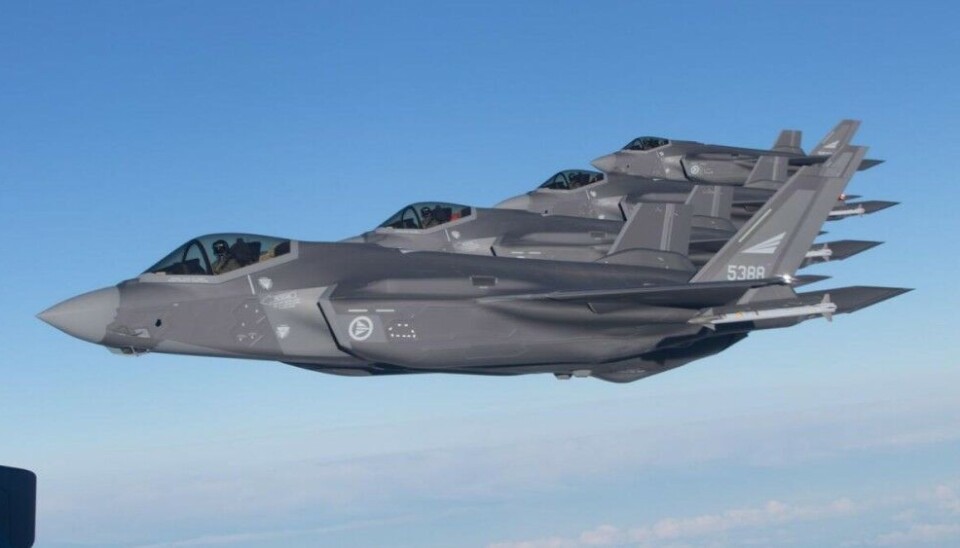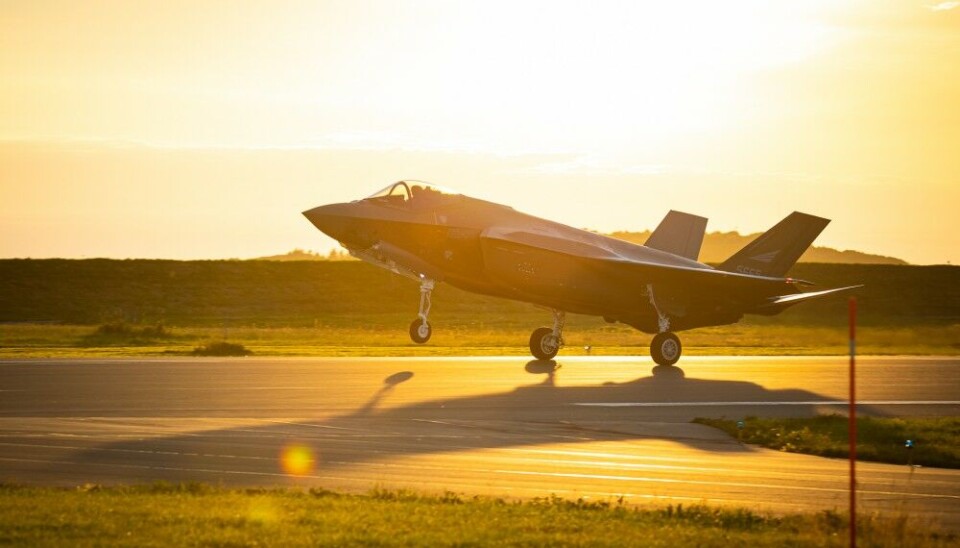
With 150 fighter jets and support planes, 14 nations ready for massive Nordic air force drills
Finland, Sweden and Norway are once again gearing up for the bi-annual cross-border Arctic Challenge Exercise, this year with a more powerful deterrence role than ever.
Finland is in charge this year as the planes now start to arrive at the four different military air bases in the three countries. Kick-off is May 29 and the exercise will see daily combat training in the skies until June 9. Playgrounds for the war games are from near the border with Russia in the east to the coast of the Norwegian Sea in the west.















